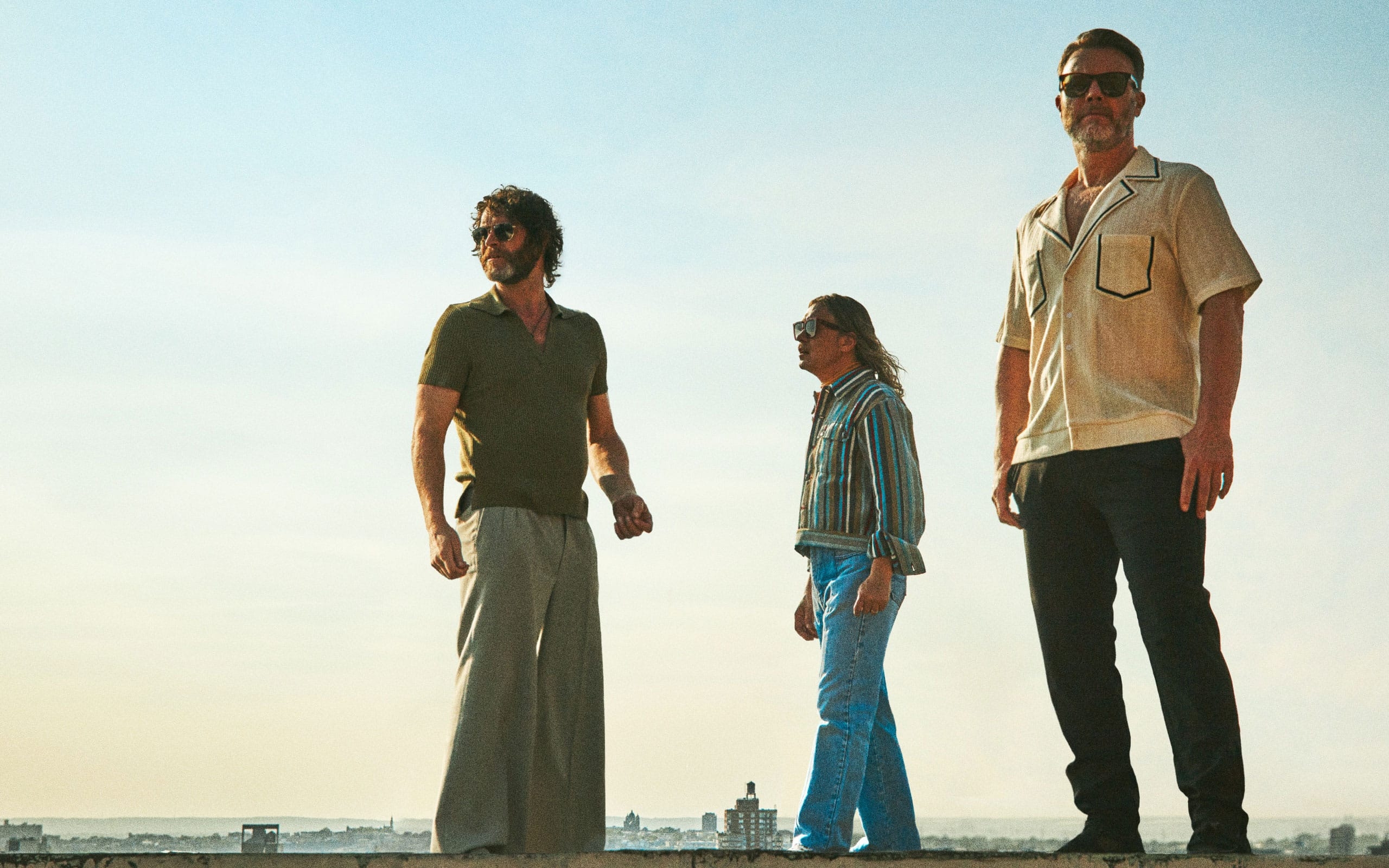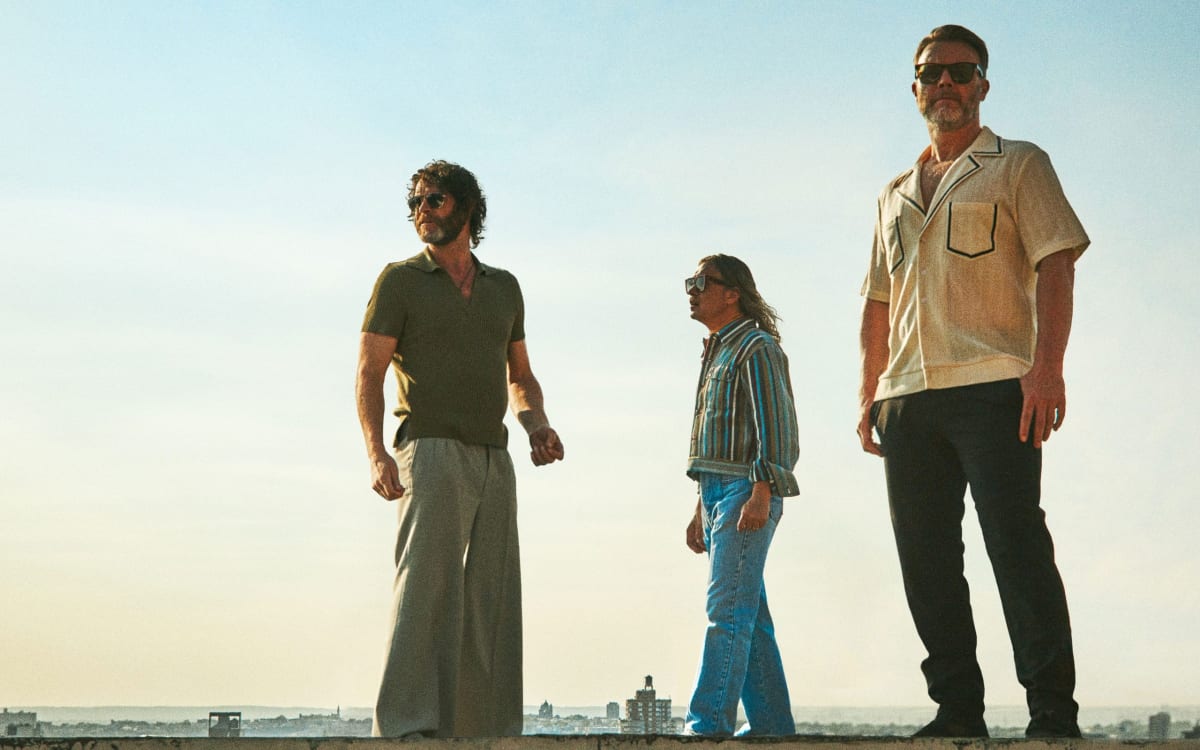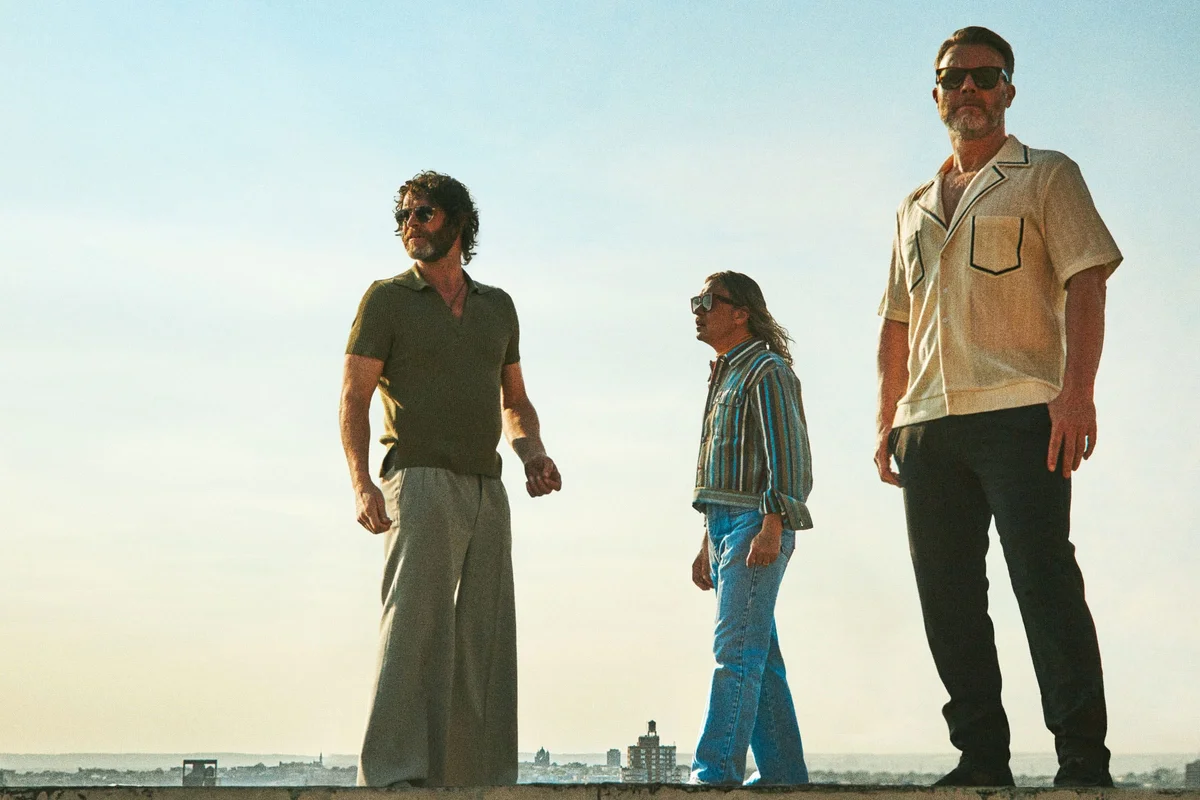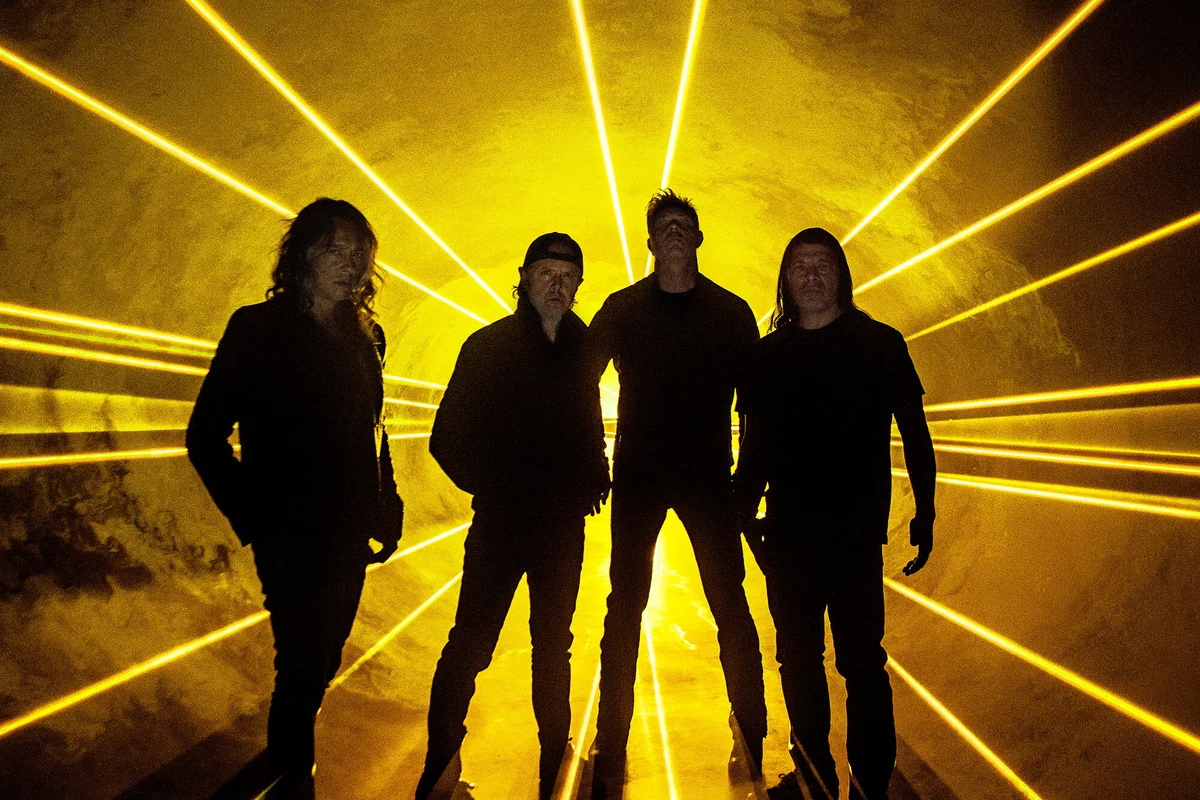
West Ham United FC vs Liverpool FC
Sunday, Nov 30, 2025
20:00
, London
London Stadium stands as a colossal beacon of modern sporting and entertainment architecture, a testament to the city's enduring legacy in hosting global events. More than just a venue, it is a vibrant hub that pulsates with the energy of millions who flock to its hallowed grounds. From its genesis as the centrepiece of a transformative Olympic Games to its current incarnation as a premier destination for world-class music, football, and other spectacular events, London Stadium embodies scale, ambition, and a remarkable adaptability. Its sheer magnitude offers an unparalleled experience, capable of transforming from an intimate sporting arena into a breathtaking concert hall capable of accommodating tens of thousands, leaving an indelible mark on all who witness its grandeur.
The story of London Stadium is inextricably linked to the transformative power of the Olympic Games. Originally conceived and constructed as the Olympic Stadium for the London 2012 Summer Olympics, its foundation was laid with a vision of legacy and sustainability. Designed by Populous, the stadium was engineered with a unique, lightweight, and adaptable steel structure, allowing for its post-Olympic repurposing. The initial construction aimed to be a marvel of modern engineering, capable of seating 80,000 spectators for the Games, with a design that emphasized its connection to the surrounding Queen Elizabeth Olympic Park. The "Skel-Knit" compression ring, a slender steel and tension cable perimeter, was a defining architectural feature, allowing for a lightweight and open feel while supporting the vast seating bowl. Its modular design was also a key consideration, anticipating its transition to a multi-purpose venue after the Olympics concluded.
The 2012 Olympic and Paralympic Games were the stadium's baptism by fire, a period of unparalleled global attention where it hosted the opening and closing ceremonies, athletics events, and medal ceremonies. This period cemented its place in the annals of sporting history, witnessing moments of extraordinary athletic achievement and national pride. Following the Games, the stadium faced a critical juncture regarding its future. After considerable debate and planning, it was reconfigured to become the new home of West Ham United Football Club, a move that significantly altered its perception and operational use. This transition, while celebrated by many, also involved considerable debate about its acoustics for concerts and its suitability for football. Beyond football, the stadium has embraced its role as a major entertainment destination, successfully hosting a diverse range of events that continue to shape its cultural impact.
London Stadium's vast capacity and impressive scale make it a sought-after destination for the world's biggest music acts, offering a spectacular backdrop for unforgettable live performances. While its primary identity shifted to a football ground, its ability to transform for musical spectacles has been consistently demonstrated. The USP of London Stadium lies in its unrivalled scale and transformative potential, capable of delivering epic, stadium-rocking experiences that resonate with vast audiences.
Here are some of the most iconic performances to have graced London Stadium:
The most convenient rail links are to Stratford Regional station, which is a short walk (approximately 5-10 minutes) from the stadium. Stratford offers services from:
Numerous bus routes serve the Stratford area, providing excellent connections to various parts of London. Key routes include:
Driving to London Stadium is possible, but pre-booking parking is highly recommended due to high demand, especially on event days. The stadium is located near the A12 and A11 motorways.
London Stadium is committed to providing an accessible experience for all visitors. It offers a range of facilities and services to ensure everyone can enjoy their visit.
To ensure a smooth and enjoyable visit, please familiarize yourself with the following important information:
London Stadium has a maximum capacity of 80,000 for concerts and other large-scale events. For West Ham United football matches, the capacity is around 62,500.
The best way to get to London Stadium is via Stratford Regional station, which is served by the London Underground (Central, Jubilee, Northern via Bank, and Elizabeth Line), DLR, and National Rail services (Greater Anglia, c2c). Numerous bus routes also stop in the Stratford area.
Yes, London Stadium is committed to accessibility and offers designated wheelchair viewing areas, accessible toilets, lifts, and trained stewards to assist visitors with disabilities. It's recommended to book accessible tickets in advance.
Door opening times vary for each event and are typically advertised on the event's ticketing page and the official London Stadium website. It is advisable to arrive at least 60-90 minutes before the scheduled start time.
The most convenient parking is at Westfield Stratford City Car Park (E20 1EJ). Limited event day parking may be available directly at the stadium, but advance booking is essential. Always check the official London Stadium website for the most up-to-date parking information.

Sunday, Nov 30, 2025
20:00

Thursday, Jun 25, 2026
20:00

Friday, Jun 26, 2026
20:00

Saturday, Jun 27, 2026
19:00:00
Friday, Jul 3, 2026
19:00:00

Friday, Jul 3, 2026
19:00:00
Sunday, Jul 5, 2026
19:00:00